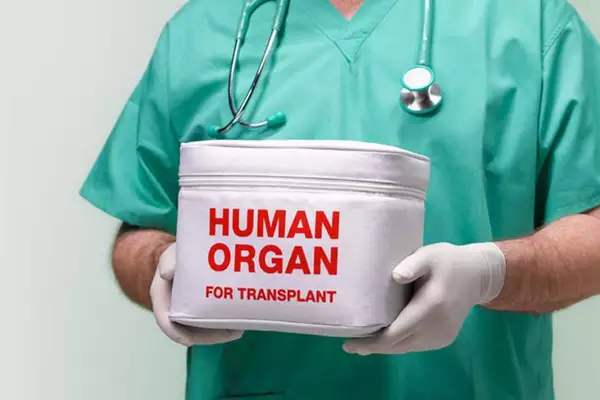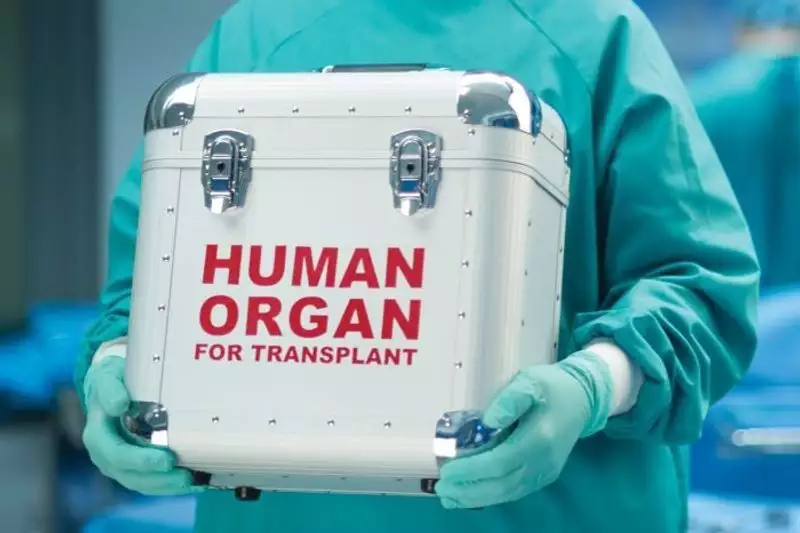The Union Health Ministry has recently introduced its first-ever Standard Operating Procedures (SOPs) to facilitate the seamless transport of human organs, enhance coordination among various agencies, and improve the efficiency of organ transplants.
Key Features of SOPs
- Green Corridor: A “One Trigger System” allows organ allocation authorities to initiate the creation of green corridors for expedited transport.
- Modes of Transport: The guidelines cover transport by air, road, train, metro, and ports/waterways.
Transport Guidelines:
- Air Transport: Airlines can request priority take-off and landing and arrange front-row seats. Medical personnel may get priority reservations and late check-in provisions.
- Road Transport: A green corridor may be created to ensure unobstructed transport from the airport to the hospital.
- Train and Metro Transport: Priority transit is to be given, and security staff should escort and assist with the transport of organs.
- Port Transport: Specific protocols have been issued for organ transport through ports.
Implementation Protocols
Air Transport:
- Airlines must inform and communicate with destination airports to facilitate arrival processes.
- In-flight announcements may be made regarding the transport of human organs.
- Trolleys should be provided for moving the organ box from the aircraft to the ambulance.
Green Corridor:
- Defined as a route free from obstructions, arranged by the airport, police, and state traffic authorities.
- Nodal officers may be appointed to handle jurisdictional and security concerns.
Metro and Train Transport:
- Metro security should prioritize organ transport and escort clinical teams.
- Organ boxes should be properly secured and labelled.
Significance
- Maximization of Organ Utilization: Streamlining the transport process aims to increase the utilization of organs and offer hope to patients awaiting transplants.
- Coordination and Efficiency: The SOPs help coordinate among various agencies involved in the organ transport process.
Status of Organ Transplantation in India
- Statistics: In 2023, India recorded its highest number of organ transplants at 18,378.
- Gender Distribution: 63% of living donors were women; 30% of recipients were women.
- Global Ranking: India ranks third in the world for organ transplantation.
Challenges in Organ Transplantation
- Organ Donor Shortage: There is a significant gap between the number of patients needing transplants and available donors.
- Illegal Organ Trade: Issues with commercial transactions fueling illegal organ trade.
- Certification Issues: Low rates of brain stem death certification by hospitals.
- Ethical Concerns: Debates over surrogate decision-making and conflicts between end-of-life care and organ procurement.
Ref: Source
| UPSC IAS Preparation Resources | |
| Current Affairs Analysis | Topperspedia |
| GS Shots | Simply Explained |
| Daily Flash Cards | Daily Quiz |
Frequently Asked Question:
What is the purpose of a green corridor in organ transport?
A green corridor allows for expedited transport of organs.
What modes of transport are covered in the guidelines?
Transport by air, road, train, metro, and ports/waterways.
What special provisions can airlines request for air transport?
Priority take-off, landing, front-row seats, and priority reservations for medical personnel.
How is road transport facilitated for organ transportation?
A green corridor may be created to ensure unobstructed transport.
What are the implementation protocols for airlines in air transport?
Airlines must communicate with destination airports and make in-flight announcements.


